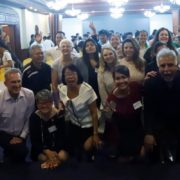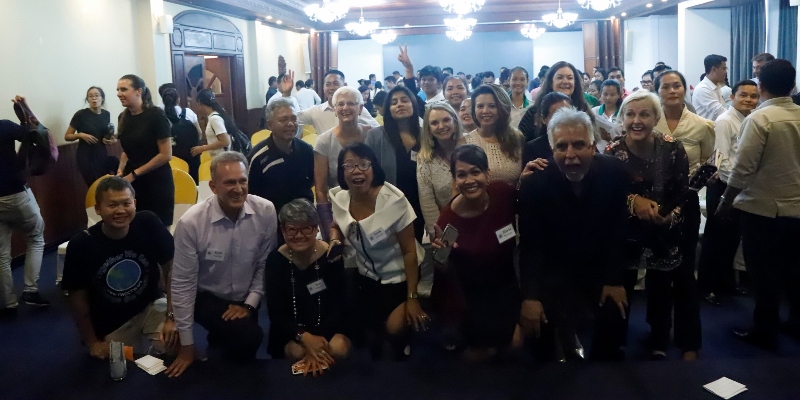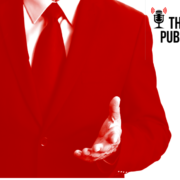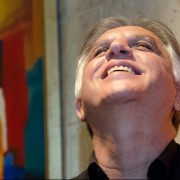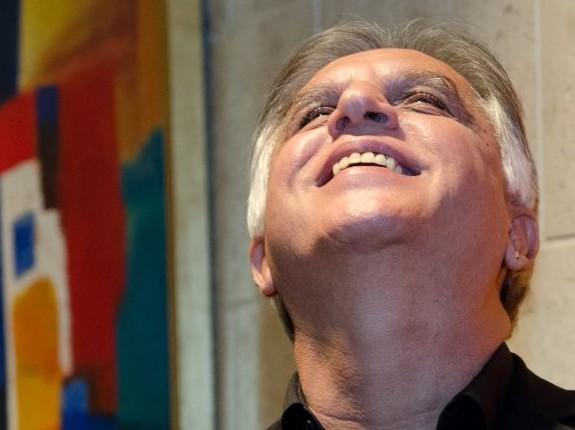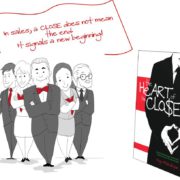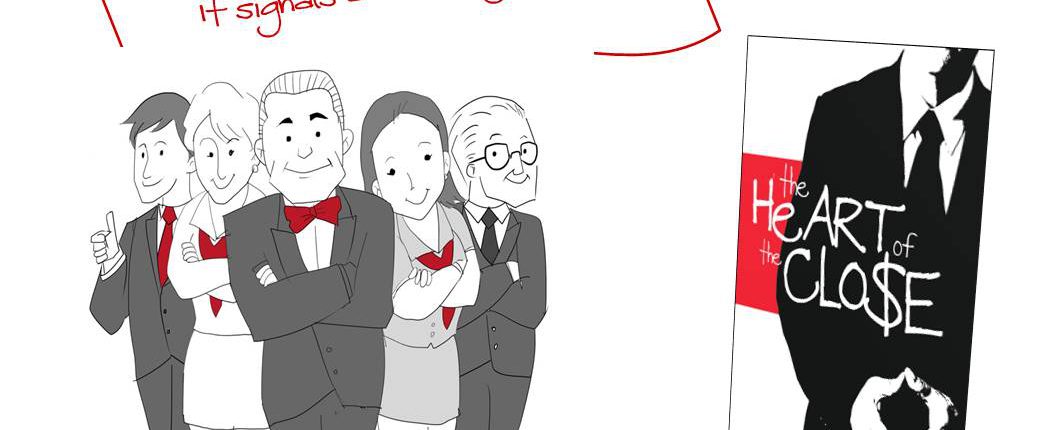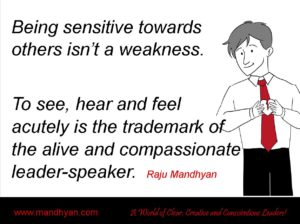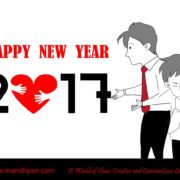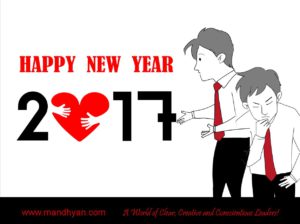The HeART of Living Intentionally
Living intentionally means making conscious and purposeful choices in your life, rather than simply going with the flow or letting circumstances dictate your path. There are several compelling reasons why people should strive to live intentionally:
Living intentionally does three things for you:
- Personal Fulfillment: Living intentionally allows individuals to pursue goals and values that bring them a deep sense of satisfaction and purpose.
- Clarity and Direction: It provides a clear sense of direction and priorities, making decision-making easier and life more meaningful.
- Reduced Regret: Intentional living minimizes the likelihood of regret, as individuals actively shape their lives and take ownership of their decisions.
Samantha from the Philippines always had a passion for the environment and a desire to make a positive impact. After years of working in a corporate job that didn’t align with her values, she decided to live more intentionally. She left her job and embarked on a journey to reduce her ecological footprint and promote sustainability.
Samantha moved to a rural area and started a small organic farm. She grew her own vegetables, raised chickens for eggs, and adopted a sustainable, eco-friendly lifestyle. She educated herself on permaculture and sustainable farming practices to minimize her environmental impact.
Over time, Samantha’s blog and channel grew in popularity, and she turned her passion into a successful business. She began offering online courses and workshops on sustainable living, and her impact expanded beyond her local community. She was not only living a life that resonated with her deeply held values but also making a meaningful contribution to the global sustainability movement. Today, on her farm she offers free yoga and mindfulness retreats.
Samantha’s story demonstrates how intentional living can lead to personal fulfillment, a strong sense of purpose, and a positive impact on both one’s life and the world around them. It showcases the power of aligning one’s actions with their core values and passions to create a life that is both meaningful and impactful.
Let me know if you would like to connect with Samantha and live out your life intentionally too.





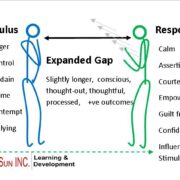
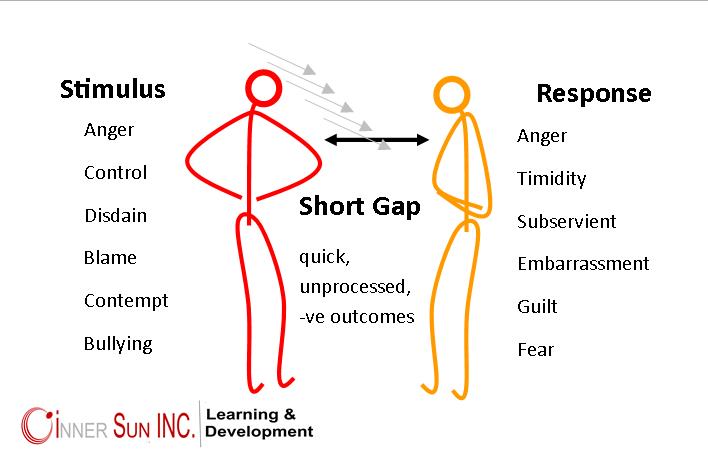
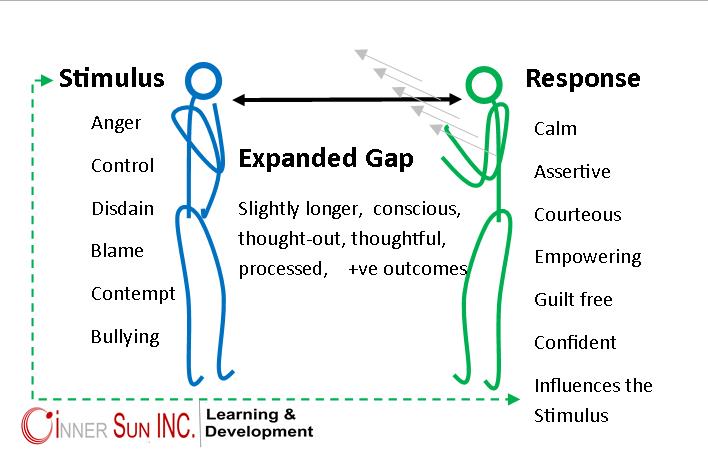 The process thus involves being mindful of all the stimuli that come towards us and unto our consciousness through our senses without and within. All that comes towards us is really, first, just data. As soon as it hits our senses, we employ cognition and we categorize and label it to be either sight, sound, taste, touch, smell or even a thought-a memory from within. We then check our feelings about this incoming data. Either we like it or we do not or, at times, we make puny efforts to be neutral to it. Finally, once we have sensed and felt it and categorized it we act upon it.
The process thus involves being mindful of all the stimuli that come towards us and unto our consciousness through our senses without and within. All that comes towards us is really, first, just data. As soon as it hits our senses, we employ cognition and we categorize and label it to be either sight, sound, taste, touch, smell or even a thought-a memory from within. We then check our feelings about this incoming data. Either we like it or we do not or, at times, we make puny efforts to be neutral to it. Finally, once we have sensed and felt it and categorized it we act upon it.

